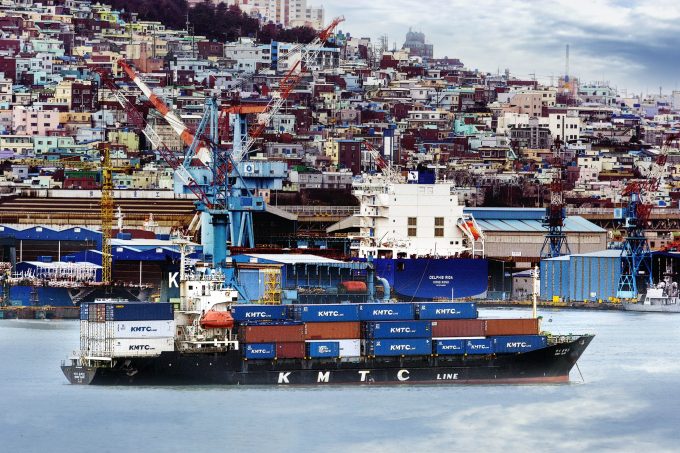'More pronounced' demand slump drives container spot freight rate declines
Container spot freight rates on most of the main shipping trades saw another week of ...

With intra-Asia freight rates soaring five-fold over the first nine months of the year, South Korean feeder operators have agreed to set aside slots on intra-Asia routes for compatriot small and mid-size exporters.
Until year-end, the slots will be sold to the shippers at discounted rates, following a Korea International Trade Association request.
Every week, Korea Marine Transport Co (KMTC Line) will set aside 30 teu for Busan-Chennai shipments and 70 teu for Busan-Nhava Sheva shipments, while Sinokor Merchant Marine and its subsidiary, ...
Transpacific sees first major MSC blanks as rates fall and volumes falter
'It’s healthy competition' Maersk tells forwarders bidding for same business
Opposition builds for final hearing on US plan to tax Chinese box ship calls
White House confirms automotive tariffs – 'a disaster for the industry'
New price hikes may slow ocean spot rate slide – but for how long?
Supply chain delays expected after earthquake hits Myanmar
Good start for Gemini, liner schedule reliability data reveals

Comment on this article